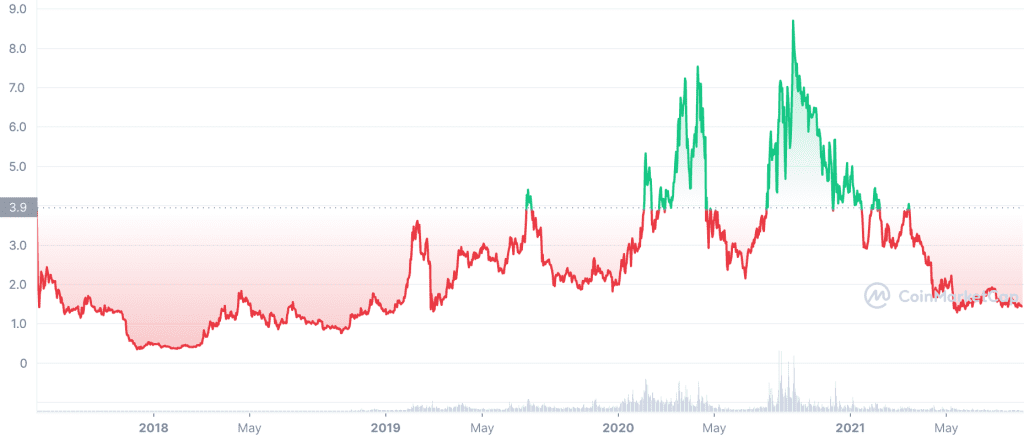What Is A Smart Contract?
A Smart contract is just like any other traditional contract, with the difference being that smart contracts establish terms of agreements. However, the most significant difference from conventional contracts is that a smart contract’s words are always executed as codes that run on a blockchain like Ethereum.
The apps powered by smart contracts are known as decentralized applications (dApps), and they also include blockchain technology used to transform the world of decentralized finance. Decentralized applications allow the holders of cryptocurrency to engage in financial transactions that are usually seen as complex as traditional finance, things such as loaning and saving.
Smart contracts extend the idea behind the innovation of Bitcoin. The sending and receiving of money without the presence of a third party and without including a traditional financing system for the transactions to go on smoothly.
Smart contracts are best known as programs stored on a blockchain at a ready-to-run pace when predetermined terms are met.
What Is Tezos?
Tezos is an open-source platform that addresses all the key barriers currently facing the adoption of blockchain for assets and applications backed by a global community of validators, researchers, and builders. By its design, Tezos embraces long-term upgradability, open participation, collaboration, and innovative contract safety.
Tezos was designed to provide safety and correctness in codes required for assets and high-value use cases at both the application and protocol layers by leveraging languages OCamo and Michaelson, which also facilitate formal verification. It is a practice commonly used in mission-critical industries. The future of Web 3 is secure on Tezos.
Tezos And Its Governance By The People
The Tezos Platform is one that was built with mechanisms that ensure active community governance and participation, which is a crucial component of the Web3 ecosystem. The users of Tezos can actively participate by evaluating, proposing, or approving amendments needed by the platform. It empowers the collaborative innovation that will keep Tezos on the bleeding edge of technology. It is also why Tezos is in the best position to underpin the Web 3 revolution.
Tezos, An Energy-Efficient Algorithm
Unlike the Proof-of-Work blockchains, like Bitcoin, Tezos’s proof of stake instead requires significantly less energy and cost for it to be operated, which makes it an ideal alternative platform for the building of blockchain applications that are friendly to the ecosystem. As Web 3 continues to gain interest and the adoption soars, the scaling responsibility requires a more energy-efficient approach, which Tezos will deliver.
Tezos, A Smarter, Smart Contract
Tezos boasts of one of the leading smart contracts, Proof of Stake blockchains. The Tezos smart contracts can use formal verification, which allows them to be mathematically verified, reliable, and secure.
Seamlessly, Forklessly, Endlessly Upgradable.
The Tezos ecosystem was built to adjust, adapt and include features and functionality through its proven on-chain upgrade mechanisms.
Tezos and Its Powerful Scalability.
Tezos was built to remain a state-of-the-art innovation. Its modular architecture and formal upgrade system minimize disruption while offering regular upgradability and enhanced functionality over time.
The Native Token
The native token of the Tezos blockchain is XTZ. It is used in the interaction with decentralized applications to pay for fees and secure the network through staking and providing a basic accounting unit on the Tezos platform.

Conclusion
Tezos continues to include the latest innovations, which allows it to seamlessly level up to deliver novel and new capabilities within its space through its already set upgrade mechanism.
It is a community-governed platform.














